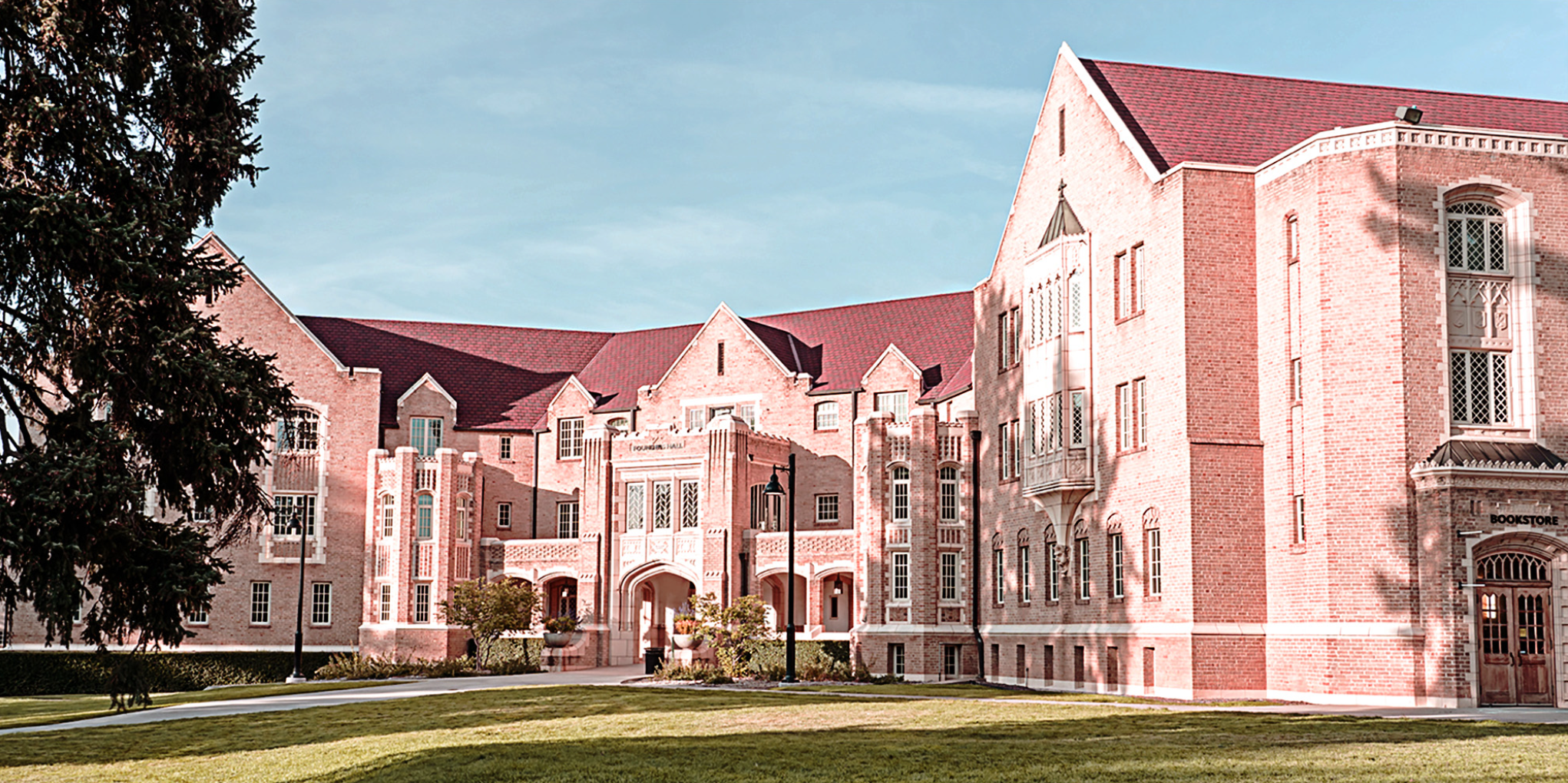
In an effort to open a conversation about the Affordable Housing Crisis, Archway Communities‘ CEO Sebastian Corradino recently launched a Thought Leadership blog that will be published quarterly. Mile High CRE is delighted to share this information with our readers…
Like all real estate, housing demand is driven by market forces – national, regional, and of course, local. Housing production, on the other hand, while driven by demand, may be constrained or maximized by hyper-local conditions, such as zoning, permitting processes, local bureaucracy, and the political atmosphere. If a community places too many impediments to new development, it can significantly impact any new housing development, and affordable housing development is particularly sensitive to these forces.
As CEO of a service-enriched affordable housing nonprofit, I’ve previously addressed some of the root causes of the current housing crisis. Here, I focus on practical solutions to common barriers to affordable housing production, along with the cultural shift needed toward embracing higher density.
Common Objections And Barriers To Affordable Housing Within Our Communities
It’s all too common for a vocal minority of residents, acting out of fear or with misinformation, to create opposition to an affordable housing project and, even more harmfully, to policies that promote increasing the supply of affordable housing by weaponizing certain factors under consideration.
Commonly voiced opposition to affordable housing development includes:
- Negative environmental impact
- Increased traffic, and concerns about parking or noise
- Loss of a desirable view or increased shade
- A rise in criminal activity
- Overcrowded schools
- Perceived negative impact on real estate values
While in and of themselves entirely reasonable concerns, any of these factors can be weaponized to create insurmountable barriers to new housing development, particularly of affordable housing – if local politics and regulatory frameworks do not provide appropriate checks.
Another entrenched barrier to affordable housing takes the form of overly complex and inefficient bureaucratic approval processes that can make new projects unworkable for developers.
These barriers combine to create disincentives for developers to produce new housing. They can also discourage developers from offering new and creative ideas for producing more inexpensive or efficient housing. For instance, a few years ago I was touring a project in Denver where the developer had installed industrial garage doors in apartments as openings to porches and doorless kitchen storage areas – both to create a more open feel in relatively small units, but also to save money. Admittedly, these are nontraditional design elements. However, these are the types of innovation that can help create more housing for less money and with less space. Thus, we should support them in the spirit of helping to create more housing.
Potential Solutions To Address The Affordable Housing Shortage
If we’re serious about addressing the lack of affordable housing supply, here are a few ideas to increase production:
- Broaden and modernize the way we think of our living spaces. In many established communities, outdated zoning restrictions become an impediment to housing access. In many cases, redefining housing by allowing density, height, or accessory dwelling units (ADU) will improve housing access. Many benefits will naturally grow from modernized zoning, including allowing more people to work in the community where they live.
- Approve proposed development with appropriate urgency. Reduce or eliminate common bureaucratic requirements that cause excessive delays. We need to work with local, state, and federal agencies to create more efficient paths to development. Clearing away red tape tied to funding and permitting goes a long way toward getting more affordable housing built. The permitting and building inspection process should also be efficient and timely. I believe the recently passed provisions in Proposition 123 that require local municipalities to create efficient approval processes in order to access affordable housing funding provide an appropriate incentive for improvement.
- Prioritize the good of an entire community when making development and zoning decisions. Angry and vocal minority groups can often shut down housing proposals. As draining and stressful as this can be, the city council and planning staff must establish a guiding principle to consider the good of the entire community when considering new developments or changes to zoning laws. We must listen to and act on the desires of the less vocal majority of residents, who are often in favor of and stand to benefit from expanding housing access, in the decision-making processes.
- Make room for housing near transit and in areas of high opportunity.
The codification of NIMBYism in the form of single-family zoning and growth caps on new building projects is another affordable housing impediment. I applaud the CO state legislature for recently passing HB23-1255 which declares that the state has an interest in encouraging housing growth statewide, preempts existing local governmental entity housing growth restrictions, and forbids the enactment or enforcement of any future local housing growth restriction in most circumstances. I would also draw attention to the high-profile land use reform efforts brought forth in Colorado’s 2023 legislative session, most notably the failed SB23-213. Key provisions of the bill I hope to see revived and believe will have a positive impact on housing production include expanding density along transit corridors and in areas of high opportunity, and measures to ensure the creation of homes affordable to lower-income individuals and families across the state, while still providing flexibility for local governments to implement localized policies.
Summary
The affordable housing crisis is bad, and it’s getting worse. In places like Colorado, the shortfall in available units cannot be made up if builders are forced to operate in an environment that is geared more toward process and delay than efficient review and approval for projects. Simply put, we can’t make it harder to build housing and at the same time expect to build our way out of the current crisis of supply. Among other things, we must implement changes to make the process of development more efficient. As well, and perhaps more importantly, we must promote higher housing density and more transit-oriented developments in our communities.
Part of the shift will require communities to elect and support government officials who are willing to consider the needs of their entire community rather than caving to a vocal minority. For municipalities who aren’t willing to do this, state and federal agencies should be more aggressive about withholding funding to communities that enact local laws or cling to outdated standards that prohibit growth. Lastly, the public needs to engage more in debates about housing and advocate strongly for more housing-friendly regulations, zoning and political leadership.
Sebastian Corradino brings more than 25 years of experience to the affordable housing sector, serving in both the public and private sectors. He is a leader with a strong background in building businesses and investment portfolios focused on affordable housing. Sebastian is also an established lecturer on affordable housing, community development, and leadership, having recently served as an adjunct professor at the University of Colorado.









